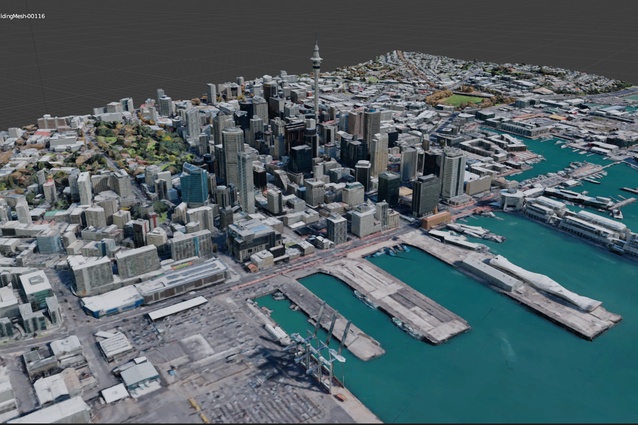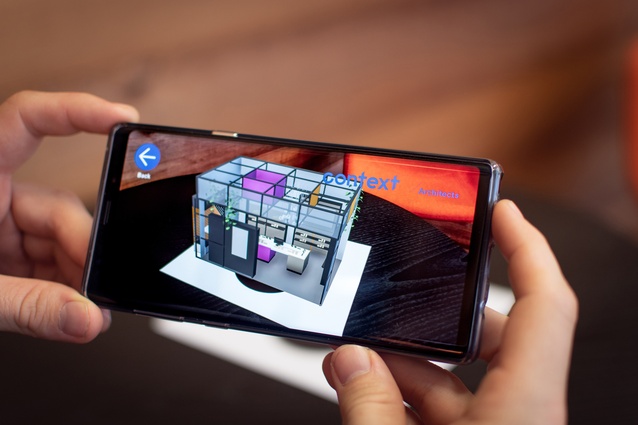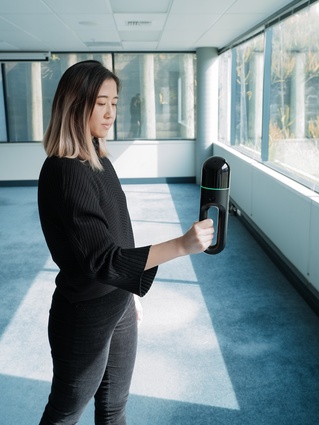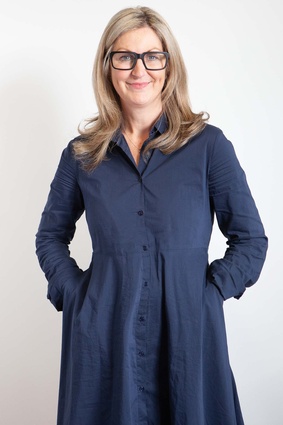Context Architects on how they are managing the construction crisis
While the media continues to focus on the negative aspects of the construction industry in the wake of the ongoing Covid-19 pandemic, Chief Executive of Context Architects Katrina Hall believes it’s time for a rethink on our approach to work. Here she talks about changing the status quo, adopting new technology, and investing in solid client relationships to get the sector back on course.
Without a doubt, New Zealand businesses are experiencing pain not seen since the global financial crisis. The construction industry isn’t faring well, which is something of an irony given the amount of building work being undertaken throughout the country.
The challenges have been well documented in recent months, and to a certain extent, the industry seems to be caught in the middle of a perfect storm. Skills and staff shortages top the list, with border closures preventing new recruits from joining the workforce. Even when the borders do eventually open, there is a real chance that there will be a huge brain drain as our talent leaves for work opportunities around the world.
Another problem impacting the construction industry is the ongoing supply chain issues. With materials literally stuck out at sea or waiting to be offloaded at ports, long lead times, enforced substitute material changes (which require council sign-off), and the increasing cost of goods, the industry as a whole is taking a battering.
Rather than focusing on the constraints, cost increases and downtime, at Context we have been exploring ways to work through industry problems, to ensure project and business continuity alongside growth.
Things are changing at a pace and adaptability is a key skill that businesses must adopt if they want to survive and thrive. We have focused on our most important assets: people, both staff and clients. Rather than following a traditional linear method of project management, we have moved to an agile model. Where previously we had a selection of team members working with certain clients, we now put together teams based on their core competencies, which means if a staff member is isolating or away from the office, we can replace them with another member of staff who has their skillset.
We have also looked beyond New Zealand for design talent, and currently have staff located in Singapore and the UK, with plans for further global recruitment. This provides additional cover during Covid-19 related absences but also means we can keep operating as a business 24/7. This in turn has led to heavy investment in developing our quality management systems to keep in line with QA standards, building codes, and ongoing changes to sector legislation.
Underpinning our operations and workload at this time is the belief that client relationships are key to overcoming challenges. The senior team here is involved on a day-to-day basis with clients and projects to head off any risks and challenges before they can happen. This requires true affinity with clients and an understanding of their business and pain points. In my view, working collaboratively always leads to better and more successful outcomes.
To ensure project continuity, we utilise technology. Our client portal operates in real-time and offers both clients and staff a clear overview of a project’s status, including the latest information on programmes, risks, issues, design documents, invoices and statements.
We believe that automation and digitisation of traditionally manual processes are key to productivity and growth across the sector. One example is where we have adopted digitisation for the manual measure-up process, which traditionally could take two people over a week to complete for a decent-sized building. We have a rapidly expanding 3D scanning team that can accurately measure and create a digital mesh of the same building in a few hours. By using this technology, we have experienced significant productivity and efficiency gains, while also providing clients with digital assets in the process.
This is the sort of technology that we will start to see more of across the industry. Robot-driven cranes, use of drones for surveying work and roof maintenance, 3D printed parts, prefabricated buildings, AR and AI and so much more. The prospects are endless and exciting and, as a business, we’re ready to adopt this technology to achieve cost, speed, and quality efficiencies.
While most other industries have relied on technology for many years, the construction sector has been slow in adopting new ways of working. We aim to be the sector’s leading digitally enabled, consumer-led design services provider. This means that we put digital strategy at the forefront of everything we do, as we leave behind the traditional analogue business-to-business model.

Here are my top tips for weathering the construction sector storm:
-
Work closely with your staff and clients. Trust, honesty and transparency go a long way in achieving successful outcomes – this means declaring risks and issues even if it’s uncomfortable.
-
Look at how technology can streamline your processes and improve communication both internally and externally.
-
Make sure you have robust quality standards, particularly if you have different team members working on different projects – consistency is king.
-
Collaborate with external suppliers and consultants to make a project run smoothly and, where possible, workshop anticipated problems upfront.
-
Review your existing business model and look at ways to improve your processes and productivity; it might be time for a reset.
Katrina Hall is Chief Executive of Context Architects, a team of urban designers, landscape architects, architects, interior designers, digital experts and sustainability advocates. With teams located in Auckland, Christchurch and Tauranga, the company delivers design thinking to clients in industries from housing and retail to residential development and aged care. Katrina has extensive experience as a business leader across a variety of markets, including digital, logistics, infrastructure within the built environment, FMCG and financial services.













